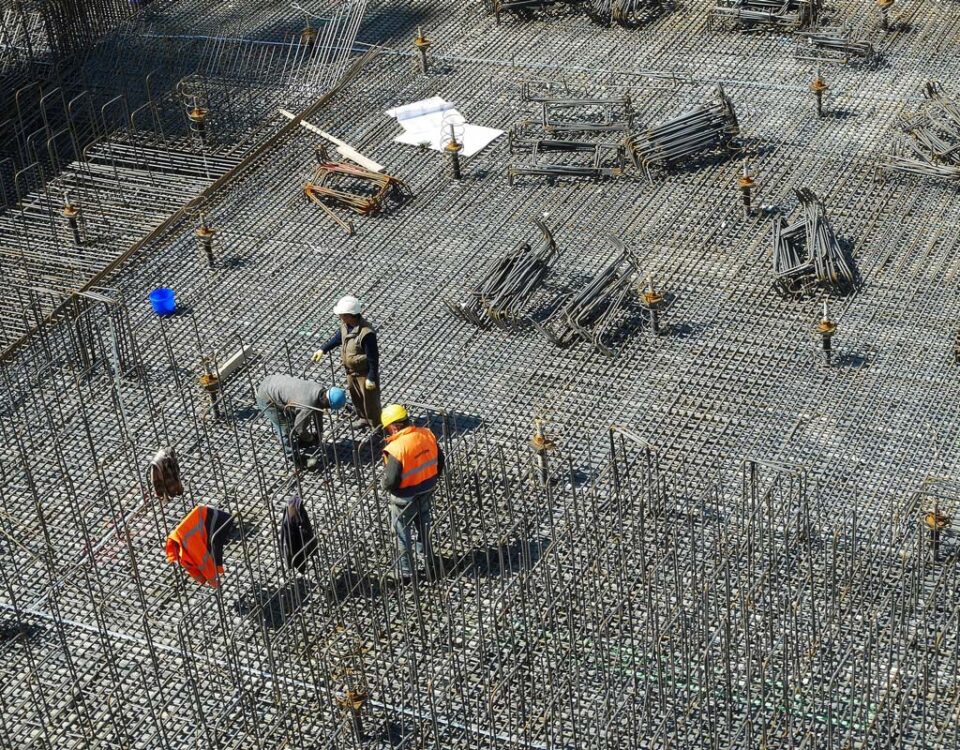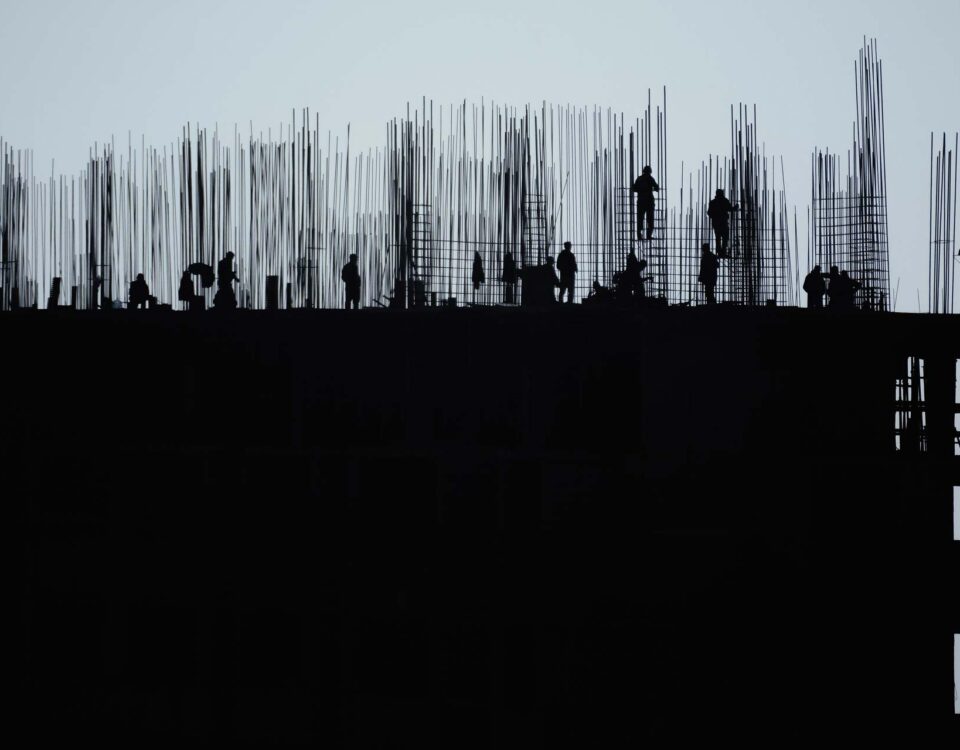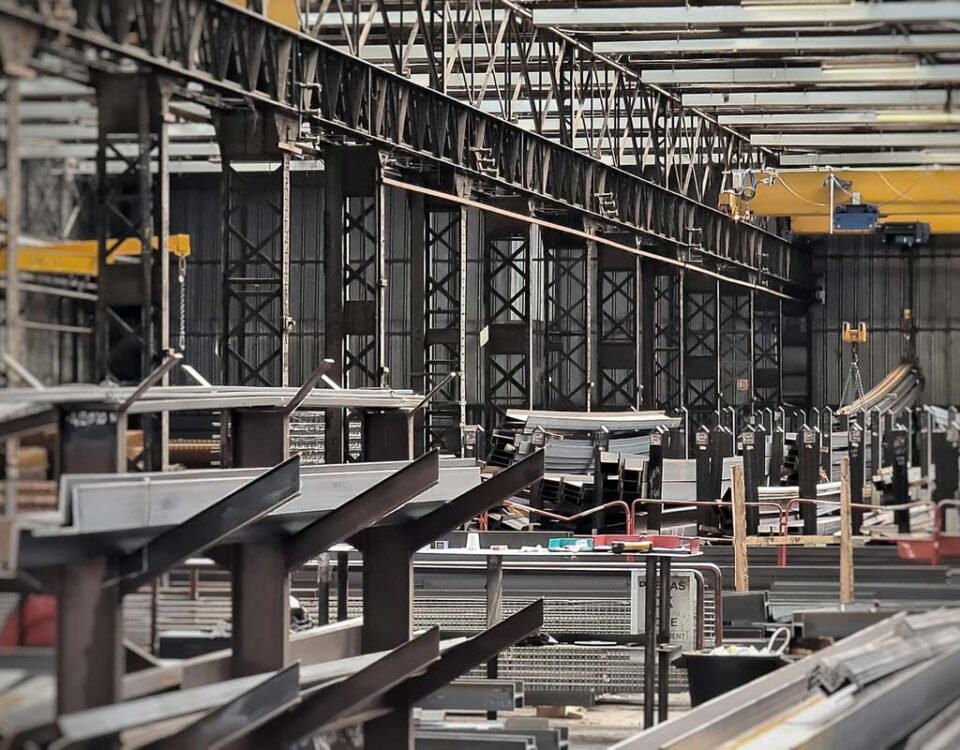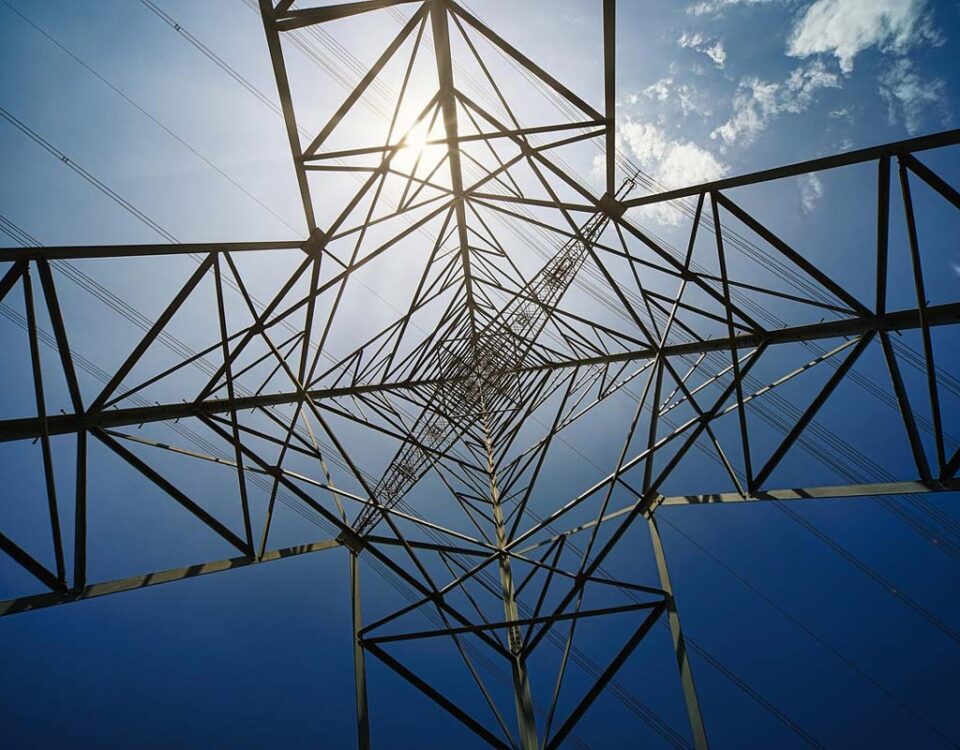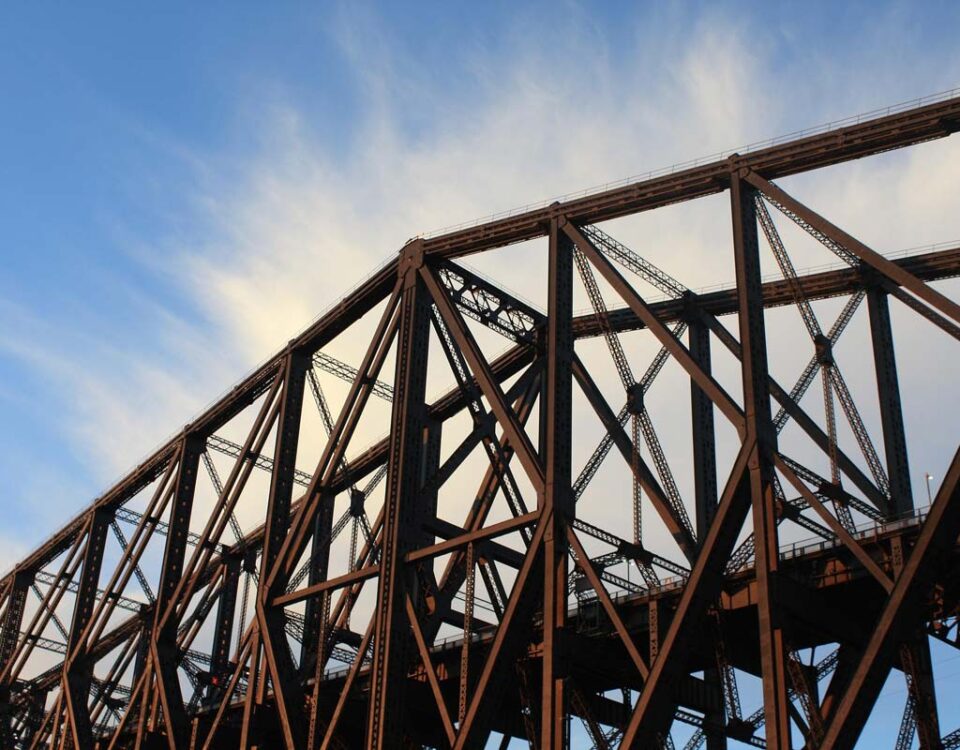Steel framing has emerged as an eco‑friendly option for modern construction due to several environmental advantages.
1. High Recyclability
Steel is one of the few building materials that can be recycled multiple times without any loss of quality. This reduces the demand for raw material extraction and helps preserve natural resources.
2. Reduced Waste Through Controlled Manufacturing
Most steel frame components are produced in factories using advanced machinery with minimal waste. This process not only ensures consistent quality control but also dramatically reduces on‑site construction debris. Unlike concrete or wood waste, scrap steel is almost always collected and reintroduced into the recycling cycle.
3. Lighter Weight and Lower Energy Consumption
Steel structures weigh less than their concrete counterparts, which translates into reduced energy consumption for transportation and installation. The rapid assembly of steel members shortens heavy equipment operation time, lowering fuel usage and emissions. Faster construction also minimizes site disturbance, noise pollution, and air contamination.
4. Durability and Minimal Maintenance
Steel frames are resistant to fire, moisture, and pests, significantly reducing the need for chemical treatments such as pesticides, disinfectants, or protective coatings. This minimizes secondary environmental pollution over the building’s lifespan.
5. Optimized Material Usage
Steel framing allows engineers to optimize material consumption through precise structural design, using only what is necessary. This reduces unnecessary resource extraction and decreases ecological impact.
6. Modular Reusability
Many steel components in modular systems can be dismantled at the end of a building’s lifespan without damage. These parts can be reused or recycled, extending the effective life of materials and reducing landfill disposal of construction waste.
7. Lower Water Consumption
Large‑scale projects benefit from steel construction’s lower water requirements compared to concrete. Producing and assembling steel components requires much less water than concrete mixing and curing—a major advantage in water‑scarce regions.
Conclusion
Steel frame construction, with its attributes of waste reduction, recyclability, durability, energy efficiency, resource conservation, and low pollutant generation, is recognized as a sustainable, eco‑friendly choice for modern building projects. Opting for steel frames represents a strategic step towards green construction and a more sustainable future.








